Trying to figure out how to grow a Lips plant at home? Here’s all you need to know about how to care for Conophytum pageae!
The Conophytum pageae Information Conophytum is native to Southern Namibia and South Africa. It grows in a tight cluster and spreads out horizontally about 3 feet wide.
Daisy-like flowers appear anytime between autumn to early summer from the center and can be found in hues of pink or white. Conophytums look stunning when they bloom together.
SunlightMost Conophytums require bright light. Place them in a spot that receives 4-5 hours of the bright morning sun. However, long exposure to the scorching afternoon sun might shrivel them.
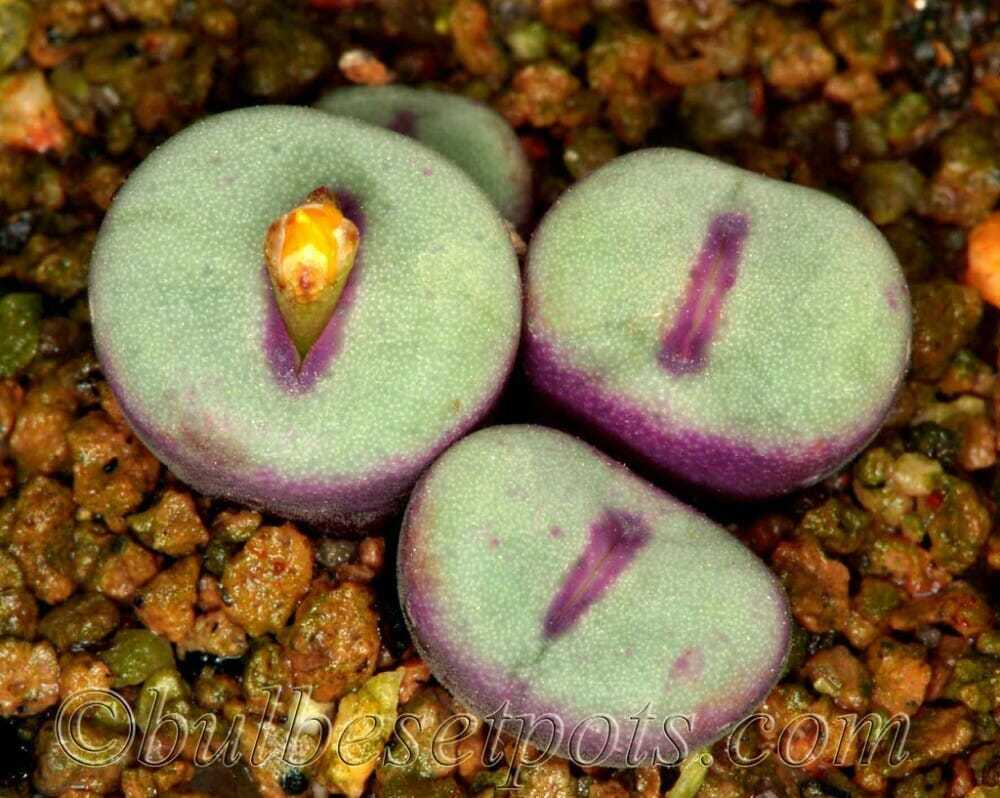
SoilThis species thrives best in loamy, porous soil that drains away rapidly. You can use a good-quality potting mix designed for succulents or cacti. Alternatively, amend the soil with perlite, gravel, coarse sand, or birch chip to maintain the texture. Also, make sure the soil is not very rich in nutrients.
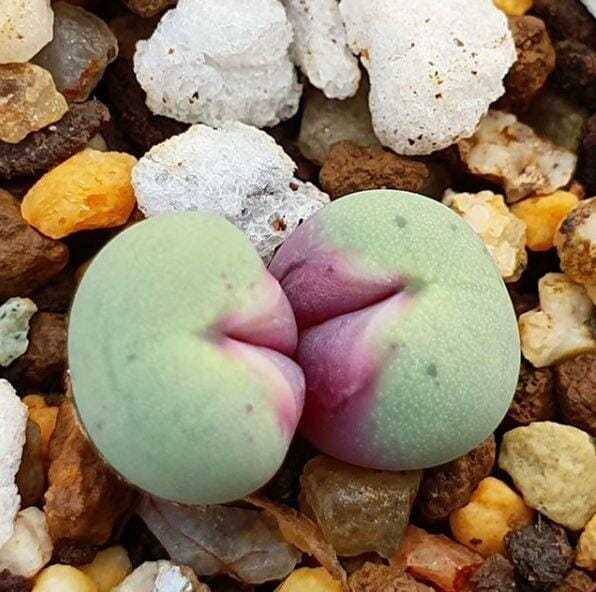
WaterConophytum pageae does not like to sit in water. Therefore, saturate the soil deeply but only when the growing medium looks completely dry. Watering it once in 3-4 days would be just fine. Also, avoid overhead watering or wetting the foliage.
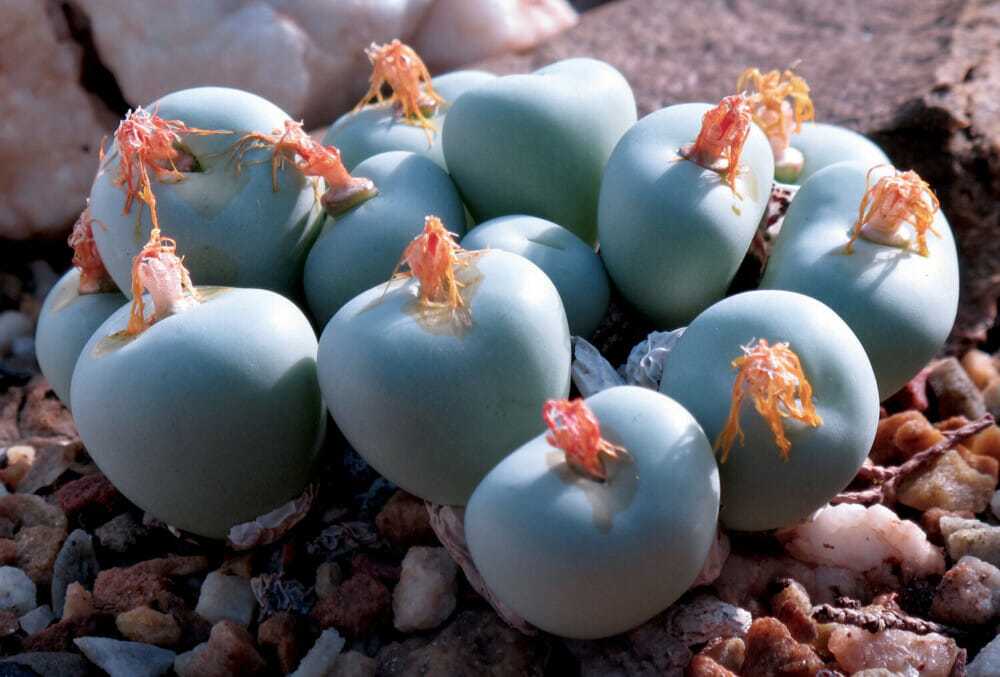
TemperatureConophytums can work well in high temperatures but can face shock if the temperature falls below 32°F or 0°C. It is best to grow this species indoors in containers if you live in a colder zone, especially in freezing winters.
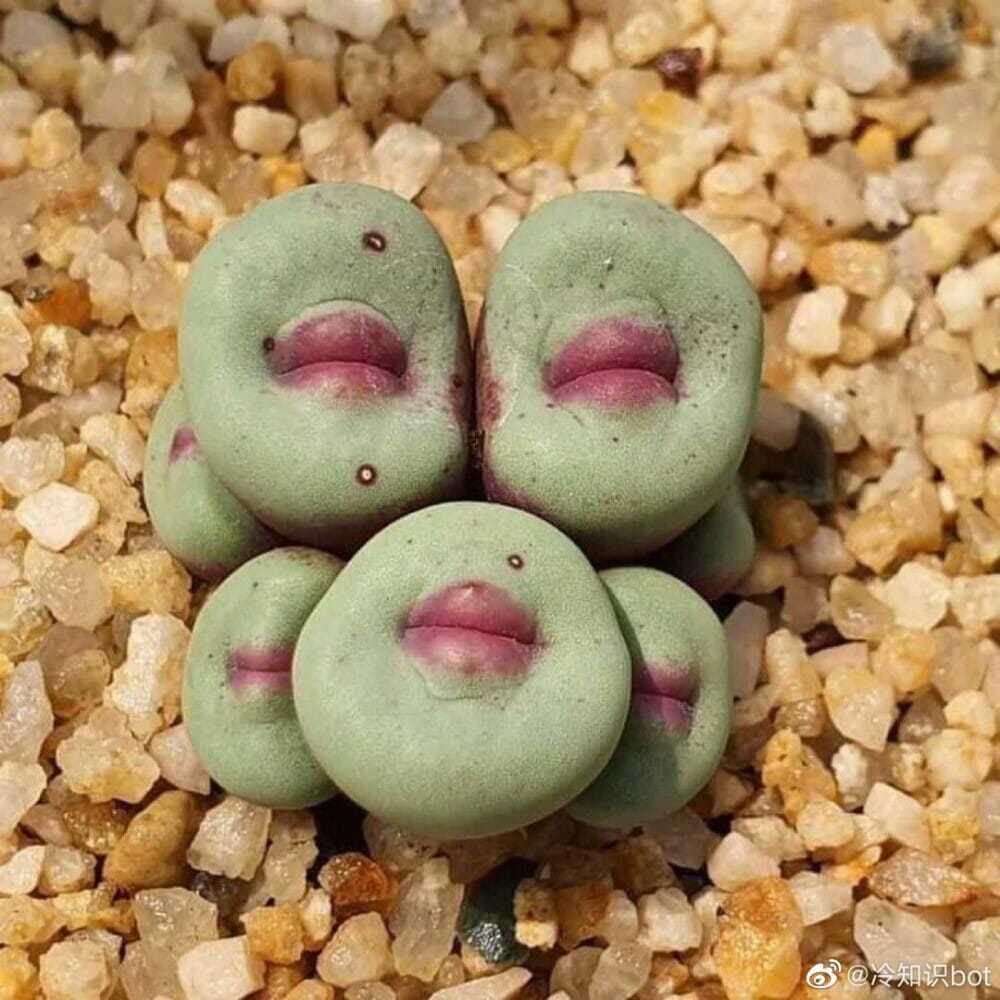
FertilizerConophytum is a light feeder and does not require any fertilization unless it is repotted once every 2-4 years. Use a balanced fertilizer and dilute it to half or quarter strength.Feeding the plant at the beginning of the growing period and right before they begin to flower, is best.
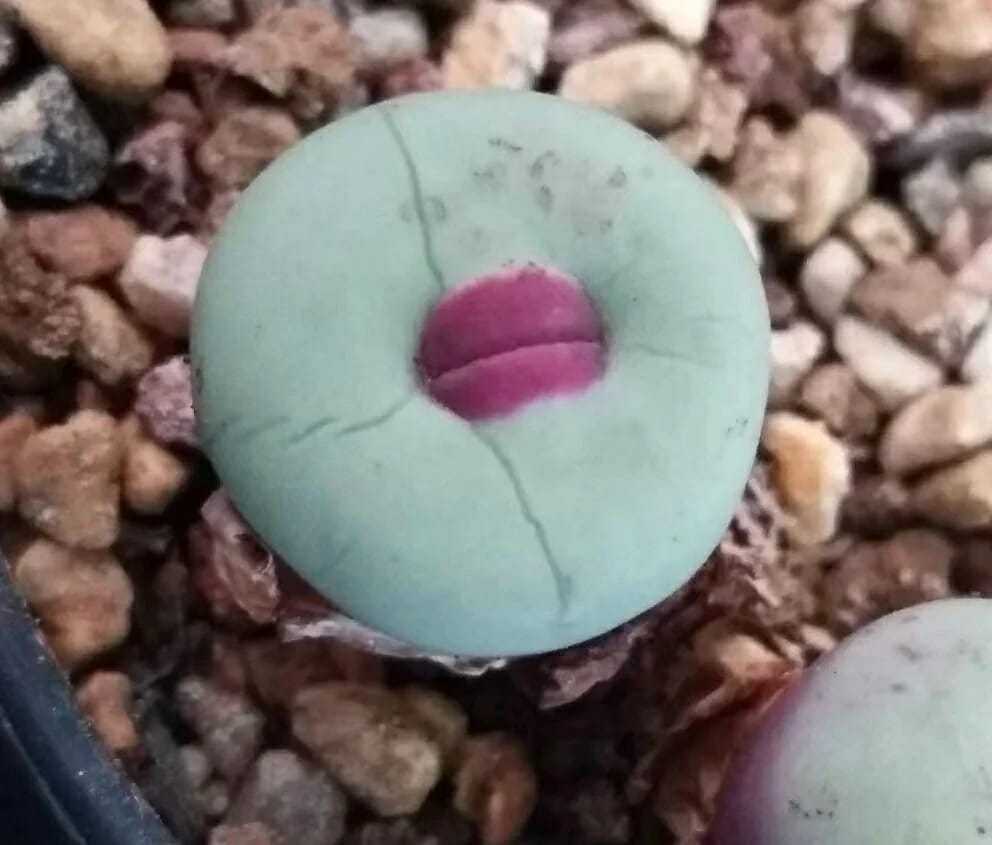
Re-pottingThis plant can gain from repotting once every 2-4 years, depending on the growth rate, pot size, and variety. It is best to re-pot a Conophytum pageae when you see it getting crowded.
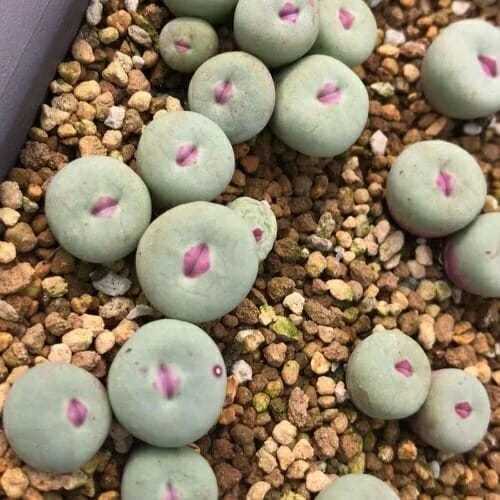
Pest and DiseasesBe careful of mealybugs, snails, slugs, and caterpillars. Use insecticidal soap to keep them at bay. It is best to remove dead flowers and old sheaths once the new leaves have broken to prevent Botrytis.
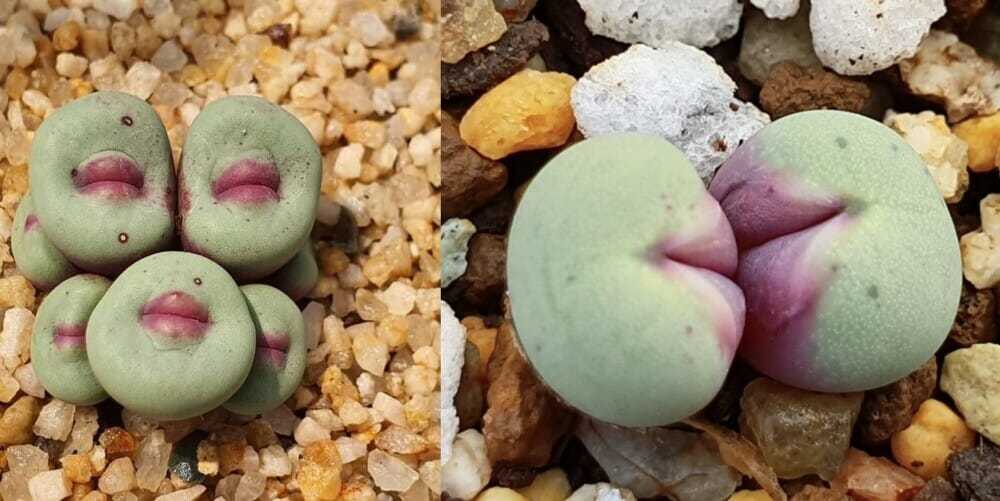
Conophytum Pageae UsesConophytum is ideally used in spots where they can slowly spread around. You can also grow this plant on your window, rock, or ornamental garden. But make sure the place remains dry.





